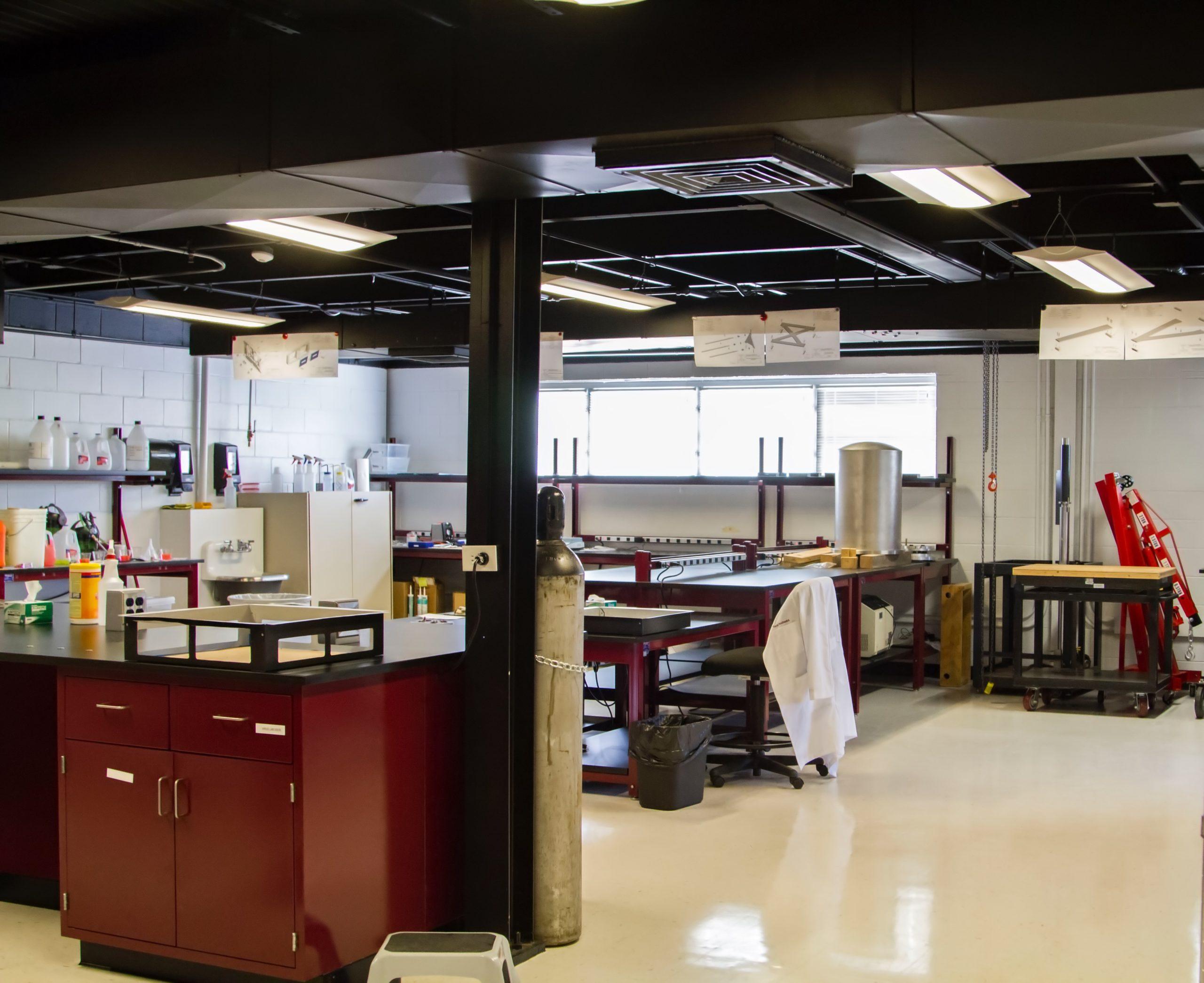It can’t be seen or measured, yet it has the energy to make the universe’s galaxies accelerate away from each other.
Dark energy is one of the universe’s strangest secrets, but Texas A&M researchers have joined an international team in an effort to shed light on the mystery.
For the past three years, a team of Texas A&M astronomers has worked on the Dark Energy Survey, a five-year project undertaken by scientists around the world. Part of the project entails the construction of the world’s largest digital camera to take pictures of the night sky and analyze dark energy’s effects.
Darren Depoy, physics professor and project collaborator, said because people cannot see dark energy directly, researchers learn more about it by seeing how it effects the objects around it.
“By measuring the distribution of galaxies in the universe, how often they clump, how often they spread out very evenly, by looking at the distances to a lot of things where we know how bright they should be tells us a lot,” Depoy said. “By measuring all of those things we can measure the effect of dark energy on the universe and constrain what it’s like.”
It is estimated dark energy makes up nearly three-fourths of the universe, but Depoy said dark energy was only discovered about 20 years ago when astronomers noticed galaxies continue to accelerate away from each other rather than slowing down.
“So this is something that does not have any light, so it’s dark,” Depoy said. “It is also something that is causing the universe to speed up, to accelerate its rate of expansion, and an easy way to do that is to add energy to the system. So it’s a kind of energy that is not emitting any light, so it’s dark energy.”
Nicholas Suntzeff, A&M physics professor and project collaborator, said dark energy can’t be analyzed until after all the pictures from the five years have been collected. In the meantime, however, scientists can use the data to look at other things.
“Really all we are doing is taking images of the sky and so there is a lot of other stuff in this region of the sky,” Suntzeff said. “There are interesting galaxies, there is stuff that blows up, there is stuff that disappears, there are planets at the edge of solar system. There is all sort of stuff in the data that is very, very interesting.”
Suntzeff said the images taken by the Dark Energy Camera are sent from its location in Chile to a data center in the United States to be processed. Each image is taken at the observatory and sent to a computer that analyzes it to identify stars and galaxies and measure their brightness, size and other physical characteristics before it dumps the information into a database. Scientists around the world, including the team at Texas A&M, can then access this database for their own use.
The data trove has already yielded some surprising results. Jennifer Marshall, a physics professor involved with the project, said she and some graduate students are currently analyzing several dwarf galaxies that were discovered by the survey. Marshall said discovering the dwarf galaxies is providing evidence for theories regarding the formation of the Milky Way.
“The idea that we have right now is these satellite galaxies that are orbiting the Milky Way are what the Milky Way is actually made up of,” Marshall said. “Now that the Milky Way is massive enough, it is able to attract other galaxies and more and more are falling in and making our galaxy bigger.”
Marshall said she and her graduate students are beginning to look at the dwarf galaxies with spectroscopes, devices used to determine what elements make up an object by taking light and splitting it into colors.
“We can determine which stars we observe are members of the dwarf galaxies and once we know they are in the galaxy, that tells us a lot more about what is going on in those galaxies,” Marshall said. “We can tell how old they are and more about how they were formed.”
Depoy said he is excited about what has been discovered so far and to look more into dark energy at the end of the five year project.
“There are more results coming out of the survey early than we anticipated,” Depoy said. “There has already been a very large number of interesting results that have already started to be published, and we anticipate there will be many, many more. This will be one of the most productive astronomy projects ever undertaken by the end of it.”
New light on dark energy: Aggies join international team to study unseeable, powerful force
September 1, 2015
0
Donate to The Battalion
Your donation will support the student journalists of Texas A&M University - College Station. Your contribution will allow us to purchase equipment and cover our annual website hosting costs.
More to Discover














